Manchester United holds the record for the most expensive squad in European club football history. According to the report published by the UEFA governing body, the value of the English Premier League team playing in the 2022-23 season was about 150 million euros.
The previous record for the most expensive squad was held by Real Madrid. In 2020, the Spanish superpower's squad cost 1.32 billion euros. Real's big players at the time included Eden Hazard, Farlan Mendy, Luka Jovic, Eder Militao and Rodrigo.
United bought Anthony last year for around 10 million euros. At that time, Harry Maguire was in the team for 93 million euros, Jadon Sancho for 8.5 million, Casemiro for 7 million, Bruno Fernandez for 5.5 million and Anthony Martial.
UEFA calculates the total cost of each player's transfer fee for a team. At the end of the 2023 financial year, the Manchester United squad was worth 142.2 million euros. United spent another €180m on Rasmus Hollund, Mason Mount, Andre Onana and Altai Bayinderrad in the latest summer transfer window.
Despite having the most expensive squad, Erik ten Haag's side finished third in the Premier League with 14 points behind City. City's squad cost a total of €128.6 million when they won the treble in 2023. The price of the Chelsea squad, which finished 12th in the league, was third at 1.084 million euros. In the list of expensive squads, Real Madrid is in fourth place after three English clubs with 103 million euros.
The report published on Wednesday also published the list of income of the clubs in 2022. Real Madrid earned the most 84 million 10 million euros. In addition, Manchester City 836 million euros, Barcelona 815 million euros and PSG's income 807 million euros.
Nine of the top 20 clubs in the 2022–23 season were from the Premier League. Whose average income was 32.3 million euros. In terms of income, Spain's La Liga was in second place, with an income of 3.3 billion euros. Then respectively Germany's Bundesliga (320 crore), Italy's Serie A (240 crore) and France's Ligue One (200 crore).



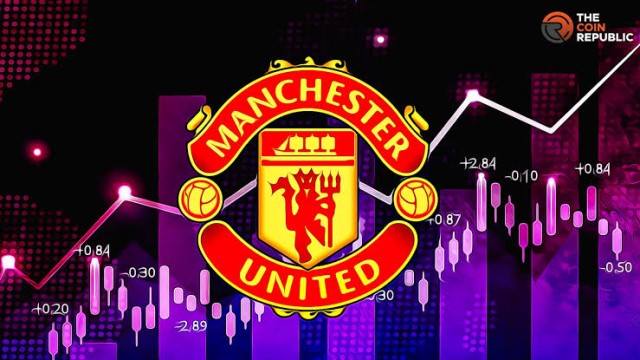




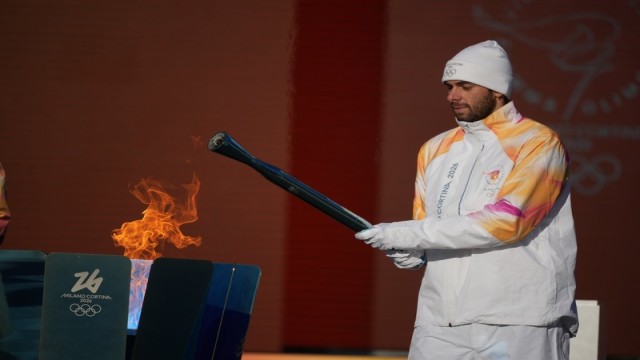
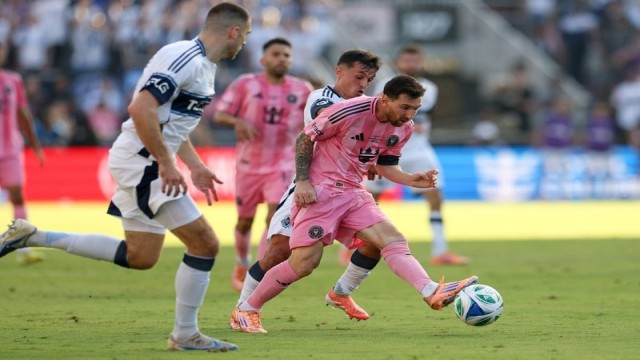


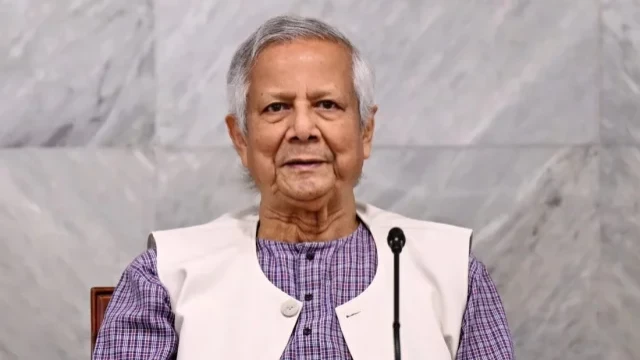

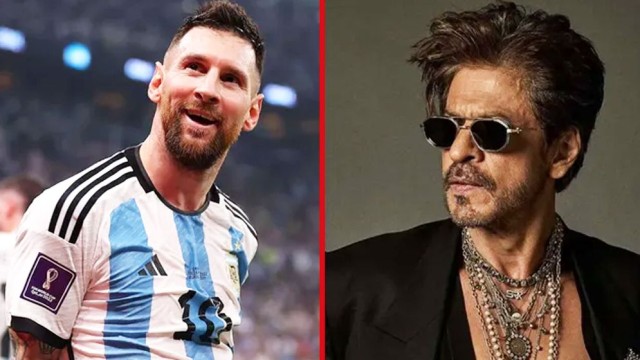
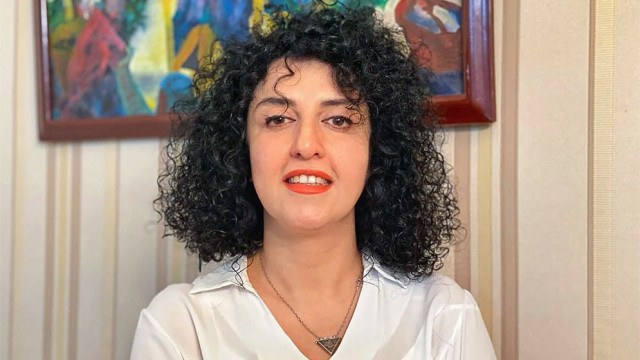













Comment: